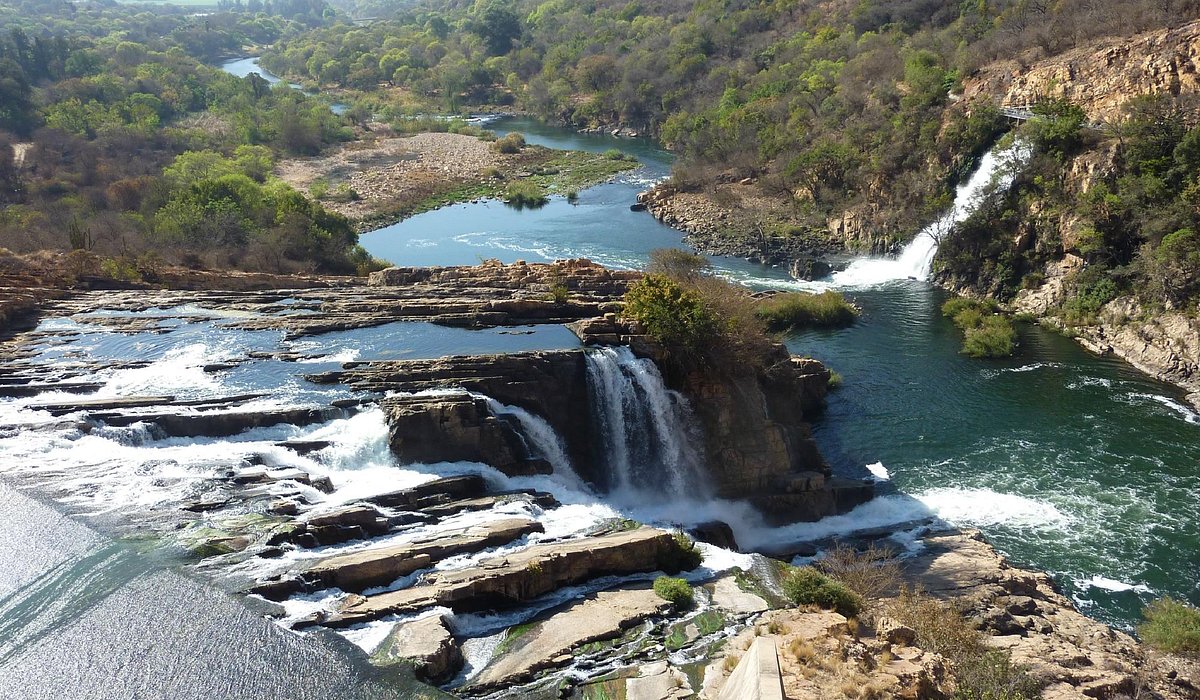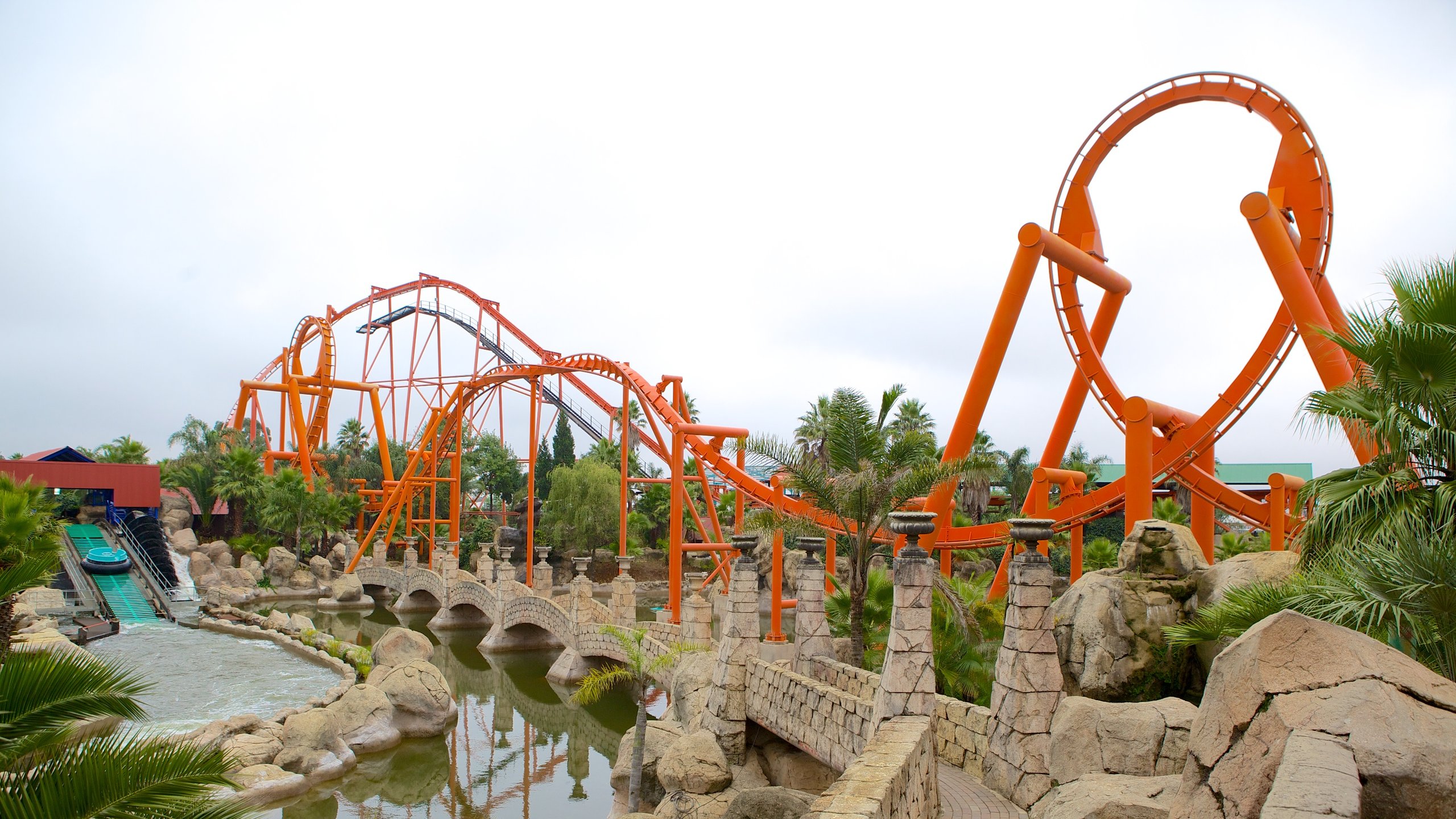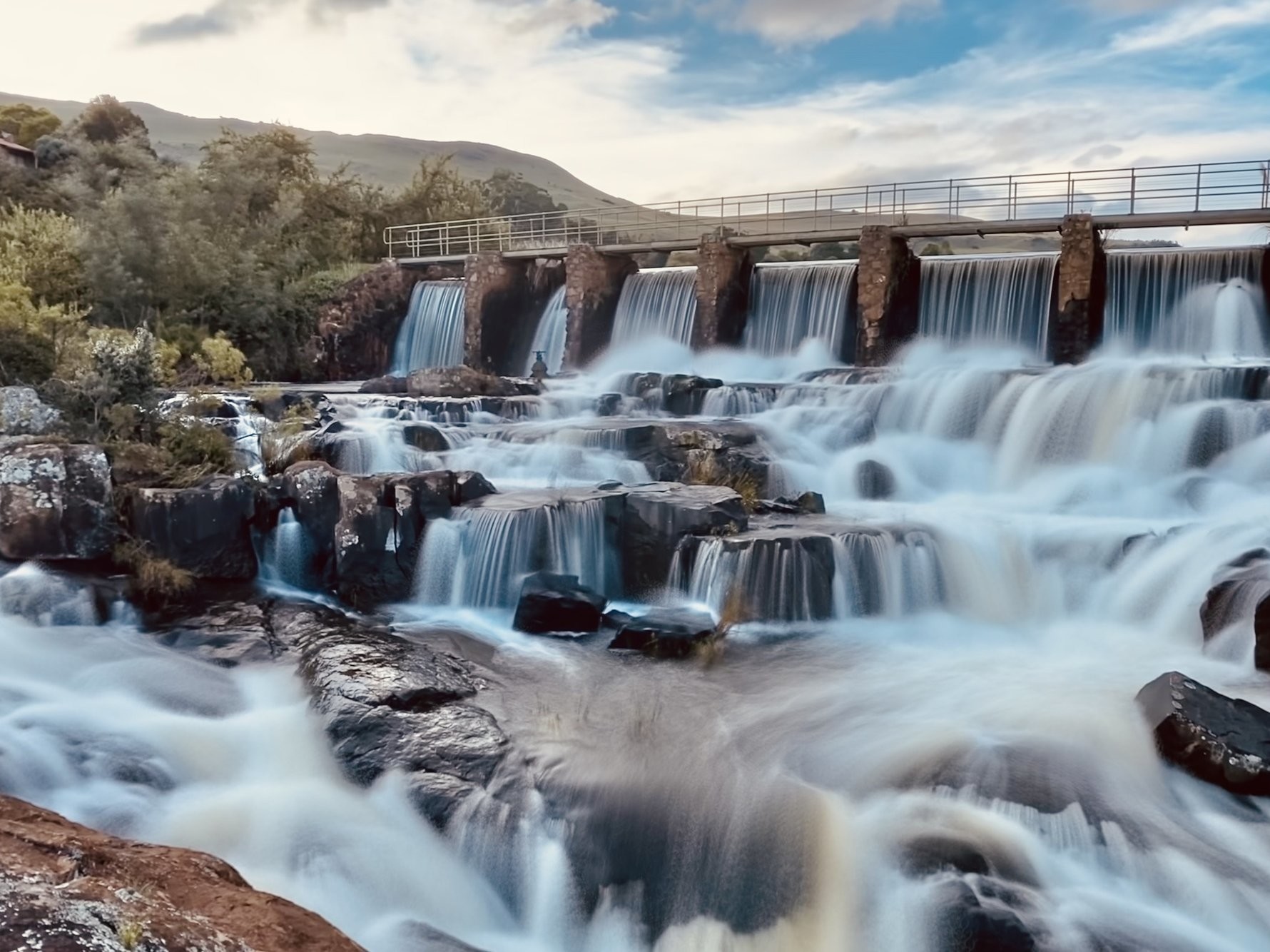What Does Johannesburg North Attractions Do?
What Does Johannesburg North Attractions Do?
Blog Article
Some Known Facts About Johannesburg North Attractions.
Table of ContentsNot known Facts About Johannesburg North AttractionsNot known Details About Johannesburg North Attractions Rumored Buzz on Johannesburg North AttractionsThe Greatest Guide To Johannesburg North AttractionsHow Johannesburg North Attractions can Save You Time, Stress, and Money.The 8-Minute Rule for Johannesburg North AttractionsGetting The Johannesburg North Attractions To Work
You must maintain safety and security in mind and visitors should continue to be alert at all times when in unknown environments. Talk to the residents when you are in town to learn about the area you are remaining in. Johannesburg North attractions. When on the street (this doesn't use to shopping center and other safe and secure atmospheres) finest basic guidance is to attempt your ideal to look like a regional and to stay clear of displaying any type of type of wide range
The Of Johannesburg North Attractions
Professor Revil Mason O. J. (Thomson, 1946) checked out the Witwatersrand's pre-colonial background. His historical work exploded the 'em pty land' myth, according to which the area was empty of human habitation before the arrival of European settlers. In his publications Prehistory of the Transvaal: A Record of Human Activity (1962) and Origins of Black Individuals of Johannesburg and the Southern Western Central Transvaal Advertisement 3501880 (1986 ), Teacher Mason showed the extent of social and economic advancement in the area before Europeans established foot here.

Get This Report on Johannesburg North Attractions
He acted with the government's consent, approved after he had actually testified maintain his explorations secret. In 1874, small mining procedures were begun in the Magaliesberg, where an Australian, Henry Lewis, had found gold down payments. In 1878, David Wardrop found gold in quartz capillaries at Zwartkop, north of Krugersdorp. In 1881, Stephanus Minnaar encountered gold on the ranch Kromdraai, near the Cradle of Humankind.
In March 1886, an outcropping (quickly to be called the Key Coral reef) was found, rather fortunately, on Gerhardus Oosthuizen's ranch Langlaagte. Some say that the Lancastrian coal miner George Walker found this coral reef. One more travelling English miner, George Harrison (that had previously operated in Australian mines) acquired a prospecting licence in respect of Langlaagte in May 1886.
He made a decision to carry on in a pursuit for greener fields, and disposed of his Langlaagte case for the baronial amount of 10. Alas: beneath lay the wealthiest goldfield ever before found. The discovery of this rich auriferous reef provoked a gold rush that signalled the end of bucolic tranquillity in the southern Transvaal.
It would certainly, within 6 years, become the biggest community in southerly Africa. Within a years, it would make the Z. A. R. up until then an anarchical and bankrupt little state the wealthiest country in Africa. By the millenium, the Z. A. R. was to go beyond Russia, Australia and the USA of America to end up being the world's leading gold producer, generating greater than a quarter of the globe's gold.
The Buzz on Johannesburg North Attractions
It was understood as Ferreira's Camp, named after Colonel Ignatius Ferreira. He was a Boer traveler upon whom the British authorities had presented the condition of Companion of one of the most Differentiated Order of St Michael and St George (qualifying him to the post-nominal letters C. M. G.) in gratefulness for his function in the battle that had deposed the Pedi king Sekhukhune in 1879.
Quickly the camp was bursting with tents and wagons as novices arrived daily from everywhere. By September 1886, some 400 individuals lived in Ferreira's Camp, which soon flaunted erected iron and timber structures. Two various other camps were developed: Meyer's Camp on the farm Doornfontein, and Paarl Camp. The latter was nicknamed Afrikander Camp; lots of people from the Cape Colony worked out there.

Indicators on Johannesburg North Attractions You Need To Know
This name got currency by word of mouth, such that the State Assistant verified the name to the Mining Commissioner on 9 October 1886. Stands in the town were auctioned on 8 December 1886. While some stands were offered for 10, others were knocked down for as low as sixpence.
Two years later on, these erven were to change hands for as high as 750 each. The tented camps diminished as a dorp of corrugated iron buildings established and expanded north of the mines situated along the Main Coral Reef Road. Locations such as Jeppe's Town (where working-class immigrants read the article erected their dwellings) and Doornfontein (where the upscale new 'Randlords' started to construct their extravagant residences) were soon added to the ever-expanding map of the community.
An Unbiased View of Johannesburg North Attractions
Apart from the street names, there were no indicators of Johannesburg being positioned in a Dutch-speaking country. Years later, C. W. Kearns O. J. (among the initial children registered at St John's College in 1898) would remember: 'An odd reality about Johannesburg was that, although it was in the [Boer Republic], look these up nearly everybody spoke English and also the Federal government slaves resolved one in English, unless they were first addressed in the Taal (or Low Dutch)'.
Because of this, Britain had an interest in making sure ideal conditions for gold production on the Witwatersrand, and that the gold was exported to London instead of Berlin a crucial provided even more clamant by the Z. A. R - Johannesburg North attractions.'s boosting toenadering with Germany. Mine owners were on a crash program with President Kruger, whose plan of monopolistic giving ins (typically given to his cronies) avoided mining companies from acquiring products of products (particularly dynamite) and labour on their very own, less costly terms
The 6-Minute Rule for Johannesburg North Attractions
In 1890, the Volksraad had actually restricted the franchise to white males who had actually resided in the Z. A. R. for fourteen years or longer, therefore invalidating most of the immigrants (that happened to be the major factors to the fiscus). Frustration for the ballot was a plain pretext for promoting a different schedule; most uitlanders regarded themselves as momentary site visitors and had no intention of this page remaining in the Z.
Report this page